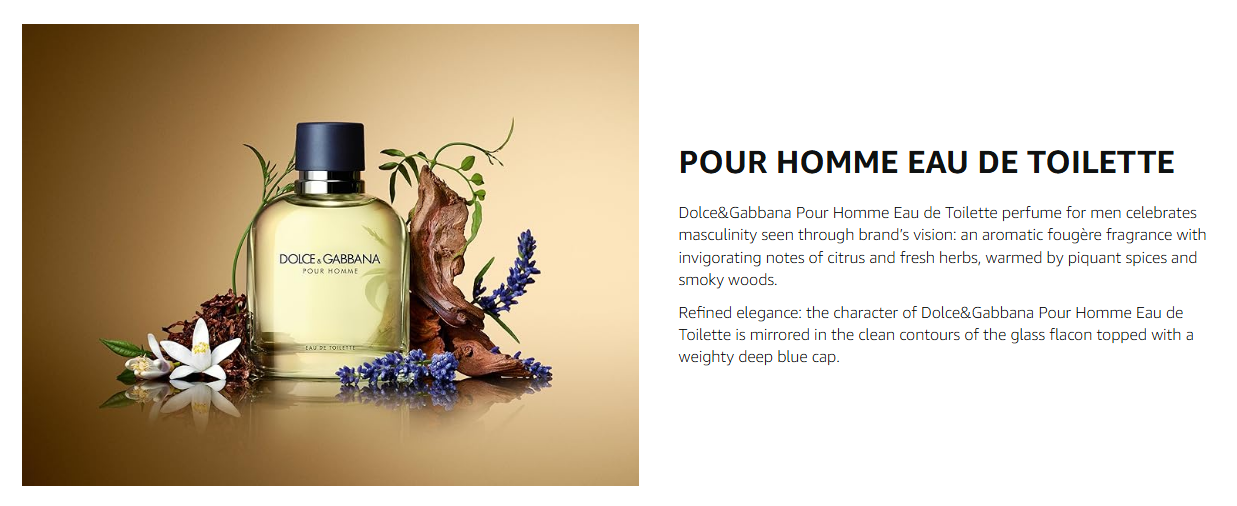Fragrance has a profound impact on our emotions, memories, and even our personalities. Whether it’s the smell of fresh flowers, a hint of citrus, or the warmth of vanilla and musk, scents have a unique power to transport us to another time or place. The world of fragrances is vast and complex, and understanding it can open up a whole new sensory experience. In this blog, we will dive into the fascinating world of fragrances, their history, the different types, and how to choose the right scent for yourself.
The History of Fragrance
Fragrance has been a part of human culture for thousands of years. The use of scented oils and perfumes dates back to ancient Egypt, where both men and women adorned themselves with fragrant oils made from flowers, spices, and herbs. The Egyptians saw fragrance as a connection to the divine, and many of their religious ceremonies and rituals involved incense and perfumes.
Throughout history, perfumes evolved with the development of new technologies and trade routes, from the ancient Greeks and Romans to the Middle Ages. In the 16th century, the art of perfumery reached new heights in Europe, particularly in France, which became known as the heart of the perfume industry. Today, the art of fragrance continues to thrive, with countless brands and boutiques offering unique and innovative scents.
Understanding Fragrance Families
Fragrances can be broken down into different families, each of which has its own distinctive characteristics. These families help people better understand what they enjoy in a scent, whether it’s floral, spicy, woody, or fresh. Here are some of the most common fragrance families:
- Floral: These fragrances are derived from flowers, and they are often considered feminine and romantic. Roses, jasmine, and lilies are common notes found in floral perfumes. They can range from light and fresh to rich and powdery.
- Citrus: Known for their bright and refreshing notes, citrus scents are made from fruits like oranges, lemons, and grapefruits. They are typically light, energetic, and perfect for daytime wear.
- Woody: Wood-based fragrances evoke a sense of warmth, earthiness, and sophistication. Notes like sandalwood, cedarwood, and patchouli are common in woody perfumes. These fragrances are often found in both men’s and women’s fragrances and are suitable for evening wear.
- Oriental: These fragrances are rich, exotic, and warm, with notes like vanilla, amber, spices, and musk. Oriental perfumes are often deep and sensual, making them ideal for special occasions or colder weather.
- Spicy: As the name suggests, spicy fragrances contain notes like cinnamon, cloves, and pepper. These perfumes are bold and energizing, often giving off a warm, vibrant feel.
- Fruity: Fruity fragrances often have sweet, tangy, or tropical notes like berries, peaches, and apples. They are playful, youthful, and fun, making them perfect for casual or daytime use.
Notes and Layers of Fragrance
Fragrances are composed of multiple layers, each contributing to the overall experience. These layers are referred to as top notes, middle (or heart) notes, and base notes.
- Top Notes: These are the initial scents you smell when you first apply a fragrance. They are light and evaporate quickly, lasting for about 15-30 minutes. Examples include citrus and fruity notes.
- Middle Notes: Also called the heart notes, these become more prominent once the top notes fade. They form the “core” of the fragrance and last for several hours. Floral and spicy notes are often part of the heart.
- Base Notes: The base notes are the foundation of a fragrance, providing depth and longevity. They linger the longest and help anchor the fragrance. Woody, musky, and amber notes are commonly used as base notes.
When choosing a fragrance, it’s important to consider how these notes blend together. A well-balanced perfume will unfold in layers, providing a dynamic experience as it evolves throughout the day.
How to Choose the Right Fragrance
Choosing the right fragrance is a personal and often emotional decision. Here are some tips to help you find your perfect scent:
- Know Your Preferences: Think about the types of smells you are drawn to in nature and everyday life. Do you prefer the freshness of citrus or the depth of woody scents? Understanding your preferences can guide you toward a fragrance family that resonates with you.
- Consider the Season: Certain fragrances are better suited for different times of the year. Lighter, citrus, and floral scents are great for spring and summer, while richer, warmer fragrances are ideal for fall and winter.
- Test Before You Buy: Always test a fragrance on your skin before making a purchase. Fragrances can smell different on your skin than they do in the bottle due to body chemistry. Spray a little on your wrist and let it settle for a few hours to see how it evolves.
- Think About Occasion and Personality: Fragrance can say a lot about your personality and the message you want to convey. Lighter scents are often more casual, while richer scents can be more sophisticated or seductive. Choose a fragrance that aligns with your mood and the occasion.
The Power of Fragrance
Fragrances have a remarkable ability to evoke emotions and trigger memories. The sense of smell is closely tied to the limbic system, the part of the brain responsible for emotions and memory. This is why a specific scent can instantly bring back memories from the past or transport you to a different place and time.
In addition, the right fragrance can boost your confidence and create a lasting impression. Whether you’re wearing a signature scent every day or choosing a fragrance for a special event, the way a perfume makes you feel can enhance your overall experience.
Conclusion
Fragrance is an invisible yet powerful form of self-expression. The world of perfumes is rich with history, artistry, and endless possibilities, making it a fascinating subject to explore. By understanding fragrance families, notes, and how to choose the right scent, you can navigate the world of perfumes with greater confidence and appreciation. Remember, scent is personal, and there’s no right or wrong choice—what matters most is how a fragrance makes you feel.
Next time you spritz on your favorite perfume, take a moment to appreciate the art and science behind it. Let the scent envelop you and take you on a journey, one note at a time.
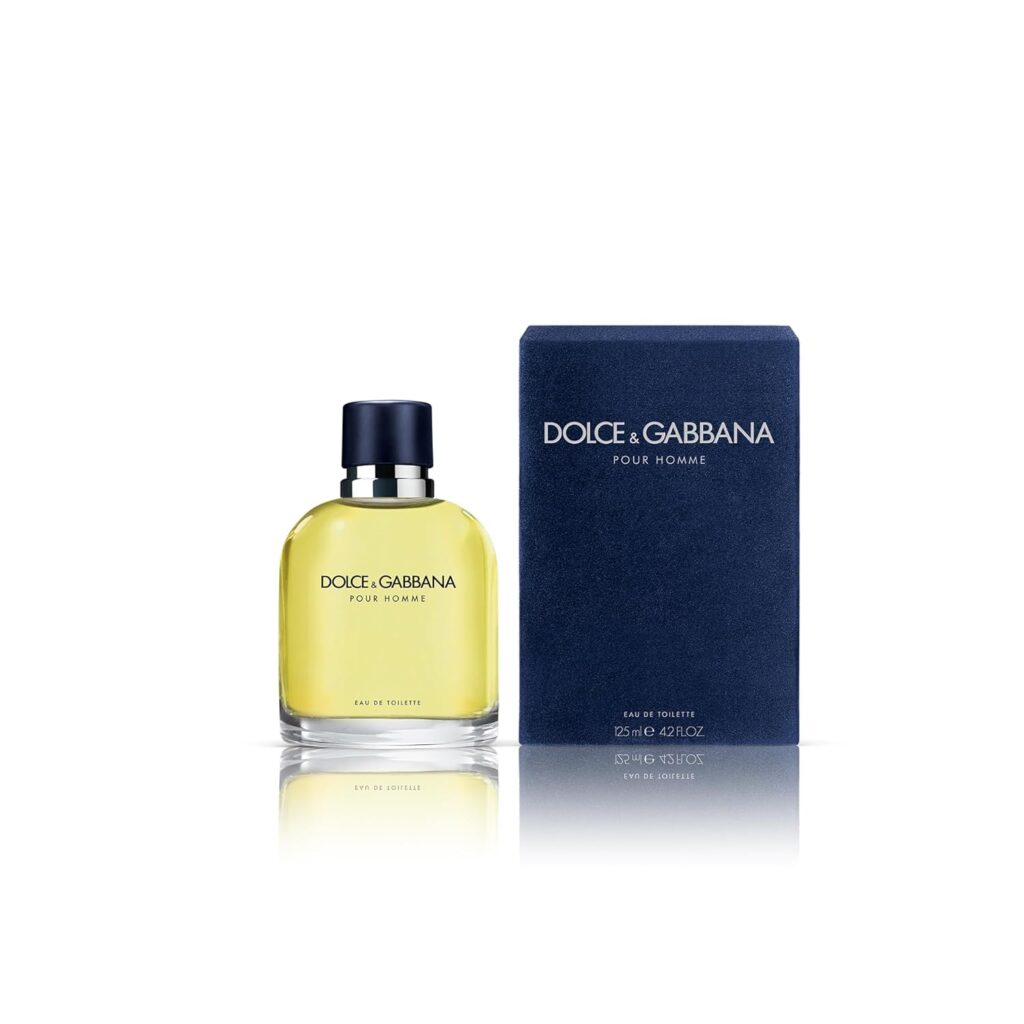
Dolce & Gabbana.
Dolce & Gabbana Pour Homme is a sophisticated Eau De Toilette designed for men. This fragrance blends refreshing citrus notes with spicy, aromatic undertones, featuring lavender, sandalwood, and tobacco. Its classic, masculine scent exudes elegance and confidence, making it perfect for both daytime and evening wear.
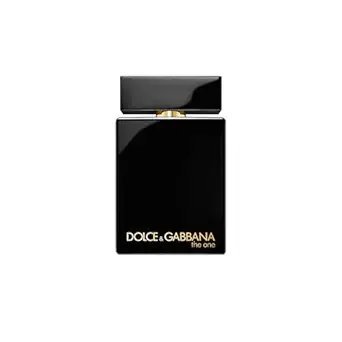
Dolce & Gabbana.
Dolce & Gabbana The One Intense Eau De Parfum for men is a bold, captivating fragrance. It combines warm, spicy notes of amber, tobacco, and cardamom with a rich base of leather and cedarwood. This intense, sophisticated scent is perfect for making a lasting impression on any occasion.
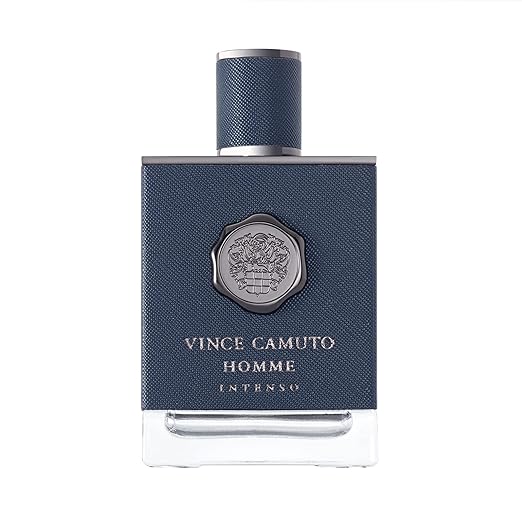
Vince Camuto.
Vince Camuto Homme Intenso Eau De Parfum is a refined, masculine fragrance that exudes confidence and strength. It opens with fresh citrus notes, blending into a rich heart of spicy saffron and aromatic herbs. The scent settles into a warm, woody base of leather, amber, and patchouli, offering a bold and sophisticated allure.
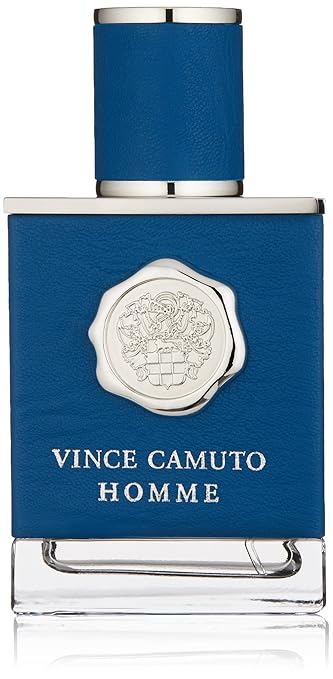
Vince Camuto,Spray Homme.
Vince Camuto Eau de Toilette Spray Homme is a dynamic fragrance for men that combines fresh citrus notes with a spicy, woody heart. With hints of lavender, suede, and amber, it creates a refined, sophisticated scent. Ideal for daily wear, it offers a crisp, lasting impression of elegance and confidence.

Vince Camuto,Terra Eau.
Vince Camuto Terra Eau de Toilette Spray for Men is a vibrant, earthy fragrance that blends fresh citrus notes with warm, woody undertones. Its rich composition features hints of violet leaf, ginger, and sandalwood, creating a bold yet refined scent. Perfect for everyday wear, it evokes strength, sophistication, and energy.
